Tag: State Capitol (Nashville TN)
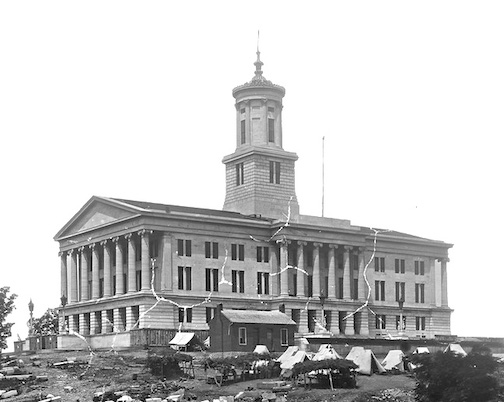 Wikipedia says: The Tennessee State Capitol, located in Nashville, Tennessee, is the seat of government for the U.S. state of Tennessee, serving as home of the Tennessee General Assembly and the location of the governor’s office. Designed by architect William Strickland (1788–1854) of Philadelphia and Nashville, it was built between 1845 and 1859 and is one of Nashville’s most prominent examples of Greek Revival architecture. The building, one of 12 state capitols that does not have a dome, was added to the National Register of Historic Places in 1970 and named a National Historic Landmark in 1971. James K. Polk’s tomb is also in this area.
Wikipedia says: The Tennessee State Capitol, located in Nashville, Tennessee, is the seat of government for the U.S. state of Tennessee, serving as home of the Tennessee General Assembly and the location of the governor’s office. Designed by architect William Strickland (1788–1854) of Philadelphia and Nashville, it was built between 1845 and 1859 and is one of Nashville’s most prominent examples of Greek Revival architecture. The building, one of 12 state capitols that does not have a dome, was added to the National Register of Historic Places in 1970 and named a National Historic Landmark in 1971. James K. Polk’s tomb is also in this area.
The prominent Nashville hilltop site of what is now the Tennessee State Capitol was formerly occupied by the Holy Rosary Cathedral (no longer extant), the first Roman Catholic cathedral church in Nashville (with the Diocese of Nashville at that time once comprising the entire territory of the State of Tennessee).
The State Capitol was designed by renowned Philadelphia architect William Strickland, who modeled it after a Greek Ionic temple. The prominent lantern structure located above the roof line of the Tennessee state capitol is a design based upon the Choragic Monument of Lysicrates in Athens that honors the Greek god Dionysus doing battle with Tyrrhenian pirates. The cornerstone of the Tennessee state capitol was itself laid on July 4, 1845 and the building was completed fourteen years later in 1859.
The American Society of Civil Engineers has listed the building as a civil engineering landmark in recognition of its innovative construction, which made unusually extensive use of stone and was an early example of the use of structural iron. Both the interior and exterior are built with limestone from a quarry about 1-mile (1.6 km) from the site. Some interior columns were built from single pieces of stone, requiring massive wooden derricks to hoist them into place. Wrought iron, instead of wood, was used for the roof trusses to reduce the building’s vulnerability to fire.
Commercial, convict, and slave labor were used in the project. Fifteen enslaved Black men worked on carving the Capitol’s limestone cellar from 1845 to 1847; Nashville stonemason A.G. Payne was paid $18 a month for their labor. It is believed to be “the most significant project where the [Tennessee] state government rented slave labor”.
Strickland died five years before the building’s completion and was entombed in its northeast wall. His son, F. W. Strickland, supervised completion of the structure. William Strickland also designed the St. Mary’s Cathedral (located along the base of the capitol hill), as well as Downtown Presbyterian church located just a few blocks away from the state capitol.
Samuel Dold Morgan (1798–1880), chairman of the State Building Commission overseeing the construction of the Tennessee State Capitol, is entombed in the southeast corner near the south entrance.
Showing all 15 results
-
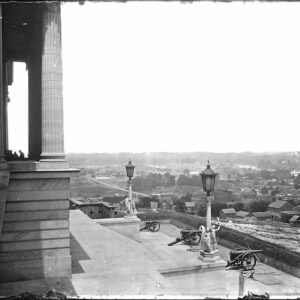
Image ID: AGFV
$2.99 – $4.99 -
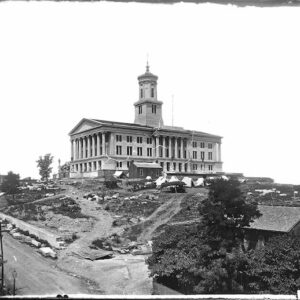
Image ID: AGHW
$3.99 – $4.99 -
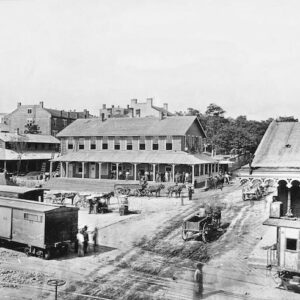
Image ID: AIJT
$0.99 – $5.99 -
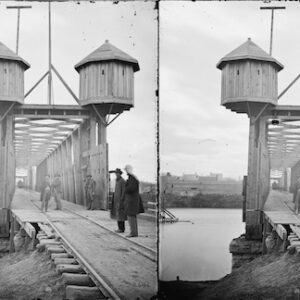
Image ID: AJCW
$6.99 -
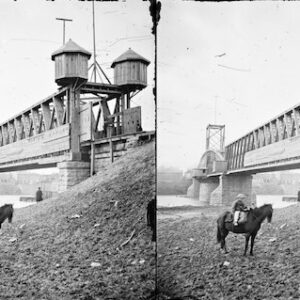
Image ID: AJCX
$6.99 -
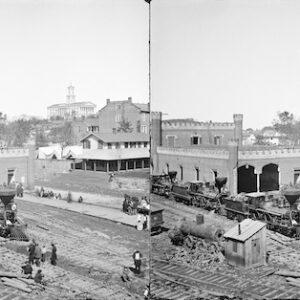
Image ID: AJCZ
$6.99 -
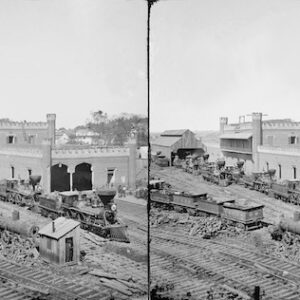
Image ID: AJDA
$6.99 -
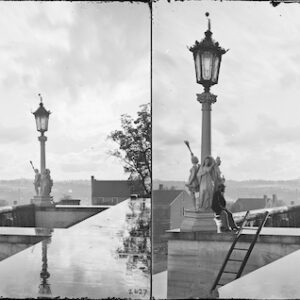
Image ID: AKWN
$6.99 -
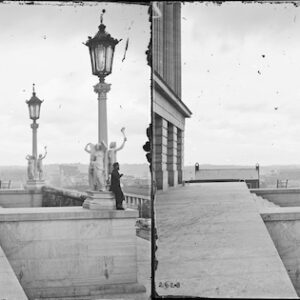
Image ID: AKWO
$6.99 -

Image ID: AKWP
$6.99 -
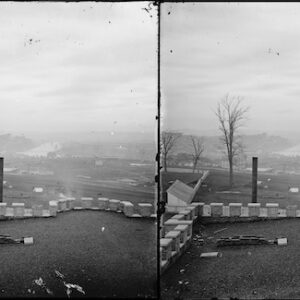
Image ID: AKWS
$6.99 -
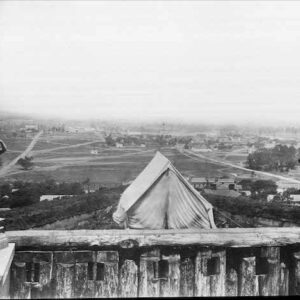
Image ID: AYLD
$0.99 -
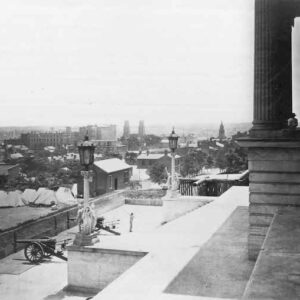
Image ID: AYLH
$0.99 -
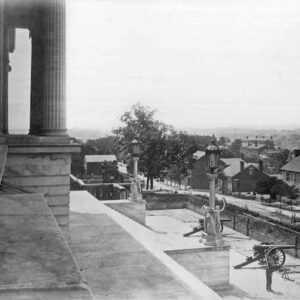
Image ID: AYLJ
$0.99 -
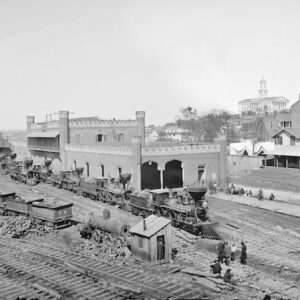
Image ID: AYMW
$6.99